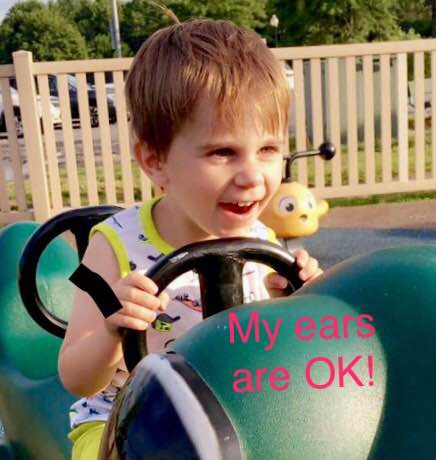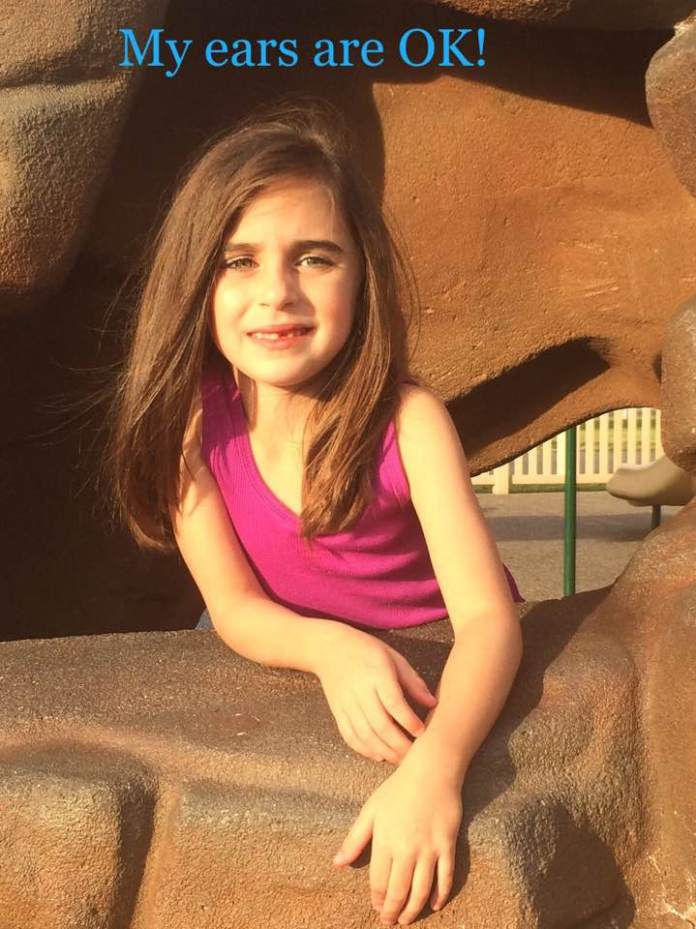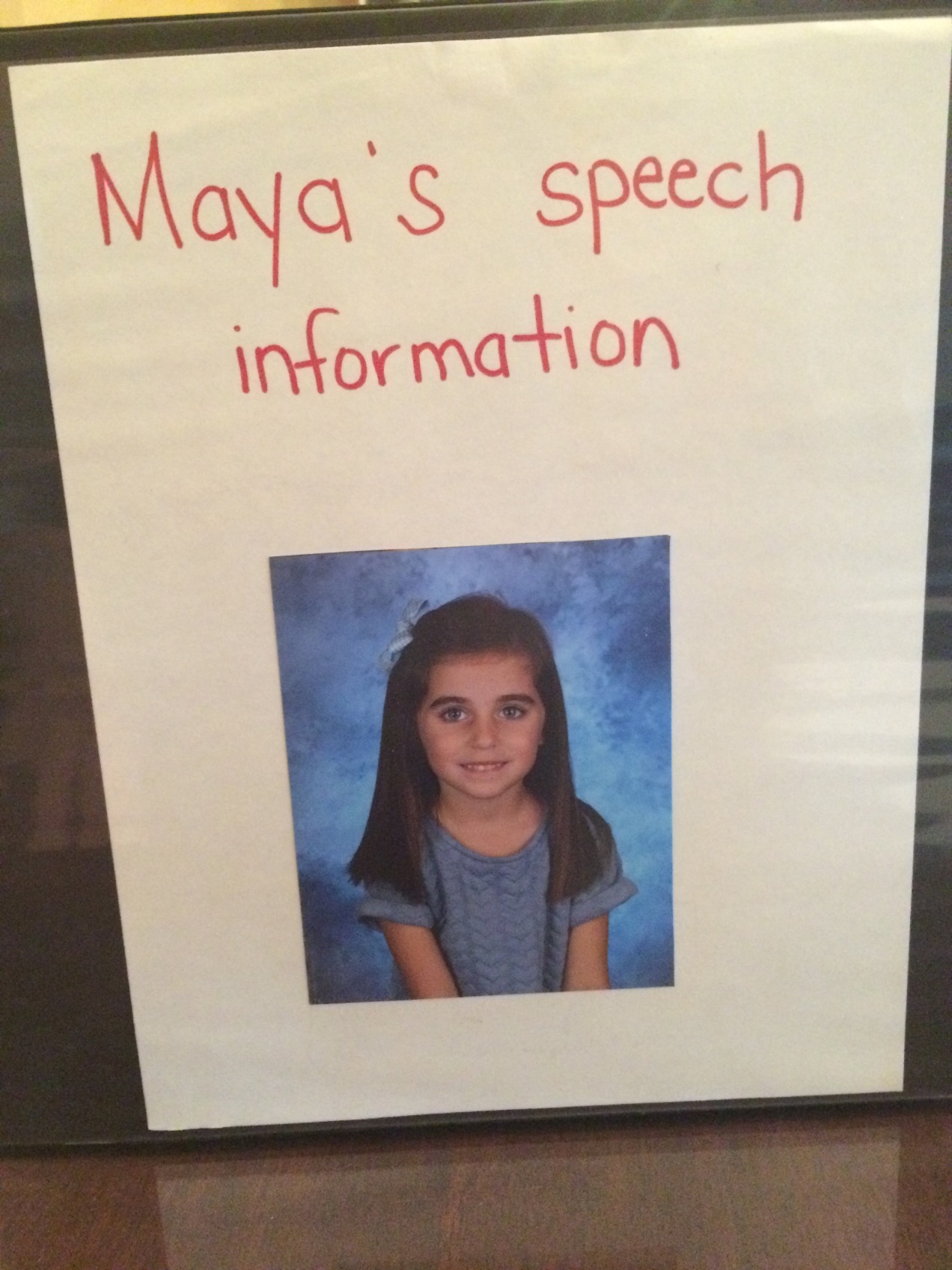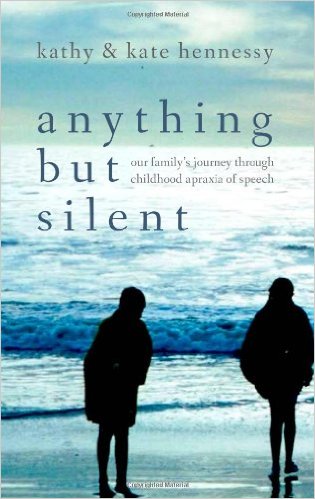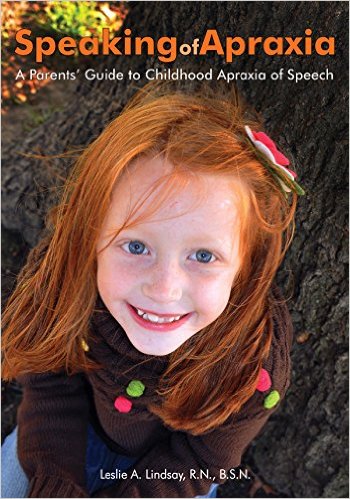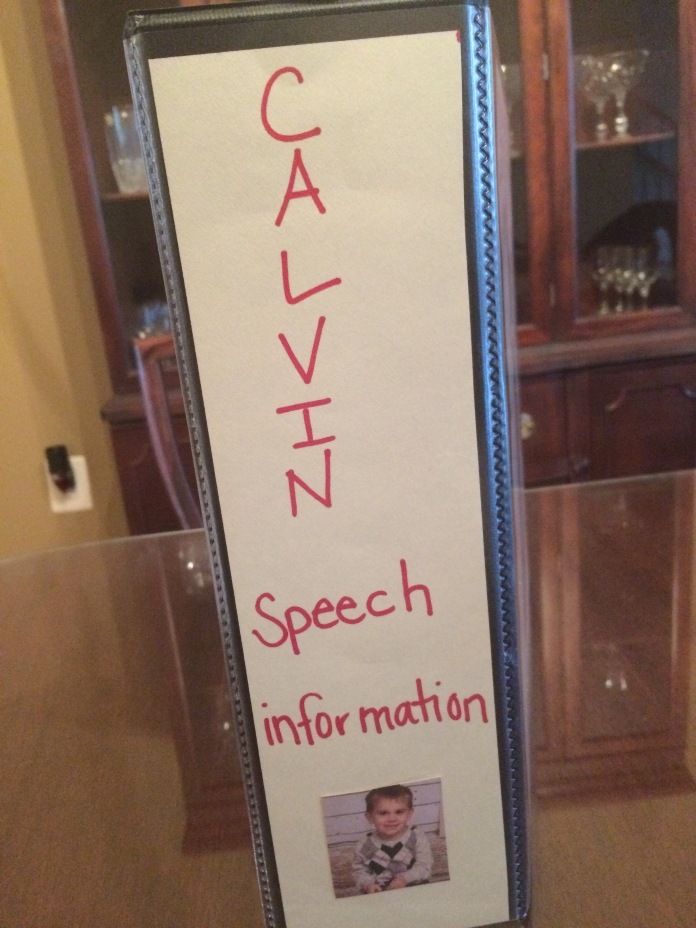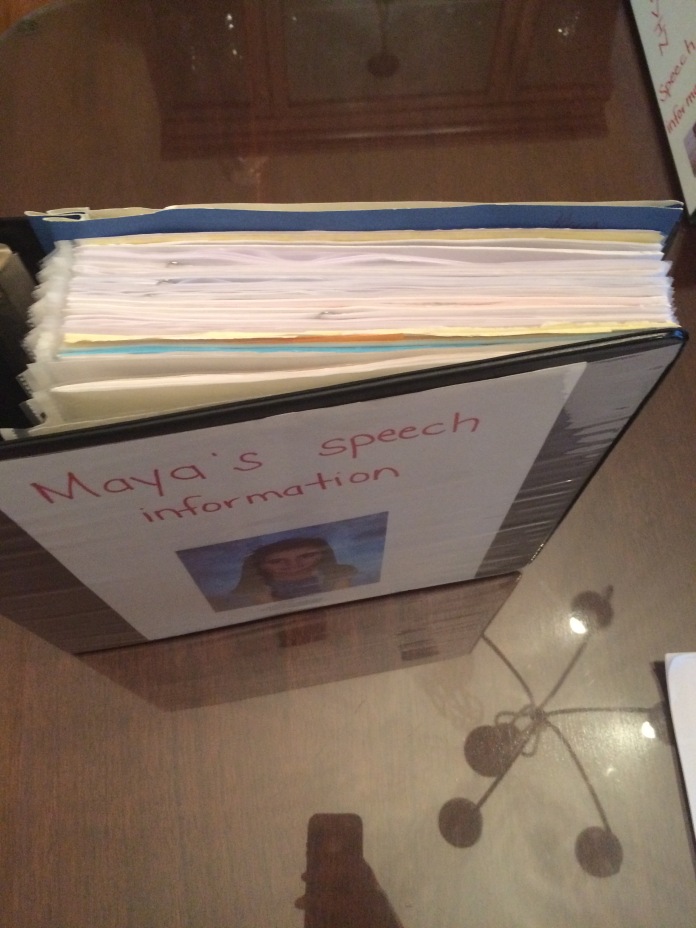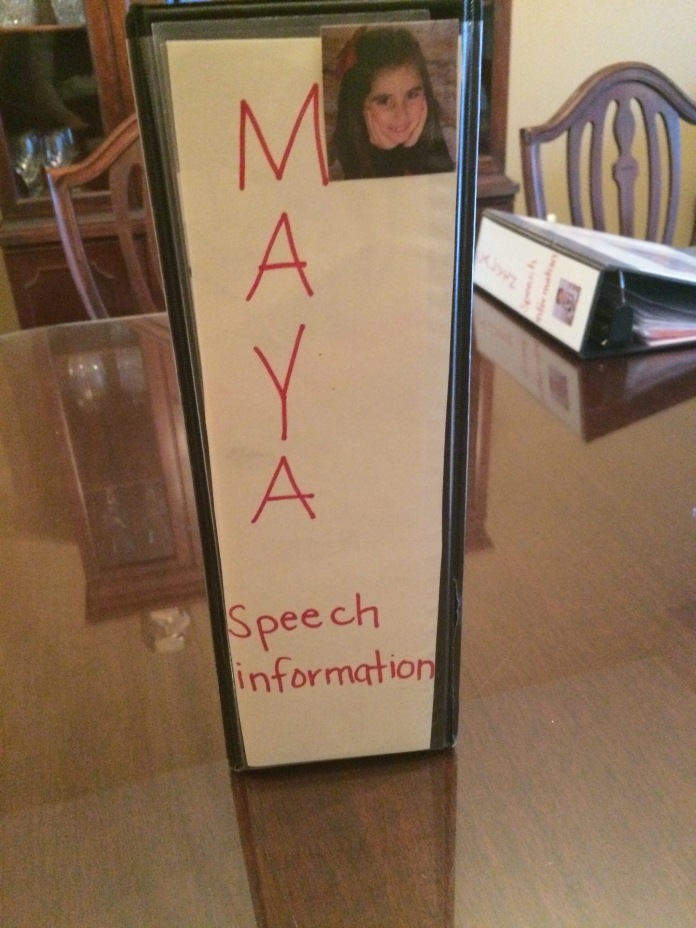Before our daughter was diagnosed with Childhood Apraxia of Speech, I used to tell people that she had a speech delay. She wasn’t talking and at the time I didn’t know why. Once we received her diagnosis I could now give people a name, “She has Childhood Apraxia of Speech.” Response questions; “What’s that? Will she ever talk? I’ve never heard of it, will she grow out of it?”
Over time, I have tried my best to give textbook answers to the many questions. I try my best to explain to people why it is difficult to understand our daughter’s speech. Truthfully, each time I have to explain our daughter’s condition to people I wish I could say these things…
“What is Childhood Apraxia of Speech?”
It’s a condition that our daughter has and it is a condition that affects our daily lives. Sadly, there are times when we cannot understand what our daughter is saying and we all become frustrated.
“What is Childhood Apraxia of Speech?”
As a family we work together to overcome this condition. Everyday, we work on improving our daughter’s language. Whether it is in conversation, singing songs, or during at home therapy sessions, CAS is always present.
“What is Childhood Apraxia of Speech?”
My husband and I are fiercely protective of our daughter. She may not be able to speak correctly, but she can understand everything that is said. She understands when people make comments and her feelings do get hurt when she is told she talks like a baby. We do our best to avoid negative situations, but they do occur. We learn from these situations and we overcome them together. In addition to improving our daughter’s speech, we are also teaching her to be strong and independent.
“What is Childhood Apraxia of Speech?”
These are the language milestones most 3 to 4 year olds should have reached.
- Say his or her name and age
- Speak 250 to 500 words
- Answer simple questions
- Speak in sentences of five to six words, and speak in complete sentences by age 4
- Speak clearly
- Tell stories
Our daughter has not reached some of these milestones, but she is very smart. Sometimes we translate our daughter’s speech for people and we worry when we aren’t with her. We are fearful that she will not be understood. As parents we do our best to teach her tools to communicate. We tell caregivers about her condition and what certain words mean when she is saying them. We explain that even though you cannot understand her spoken language, our daughter will do her best to communicate with you. She has come up with her own signs and she can show you what she wants.
“What is Childhood Apraxia of Speech?”
CAS is time consuming. We go to a lot of therapy. Our daughter works with several SLPs and she also completes vision therapy because her apraxia affects her eye movement. We do therapy at home and at night I lay awake thinking of new ways to engage my daughter in language development activities.
“What is Childhood Apraxia of Speech?”
This condition is apart of my daughter’s life she will not grow out of it. Currently, our daughter has an IEP and she most likely will have one in the future. As her parents it is our goal to teach our little girl to love learning and school and even though she may face challenges we will be there to support her.
“What is Childhood Apraxia of Speech?”
CAS causes me to lay in bed at night and worry. Worry if I am doing enough. Worry about my daughter’s feelings and thoughts. Worry about the future. I try to stay very positive, but first and foremost I am a mom and I am going to worry.
“What is Childhood Apraxia of Speech?”
Is a condition our daughter has, but it does not define who our daughter is. Yes, it is apart of our lives, but as a CAS family we have to do things differently than others. Yes, I have my blog and I share my daughter’s story, but it is my hope to educate people about CAS. Awareness and excellent therapy treatment for our daughter is our number one concern.
Mighty Maya’s Fundraiser
